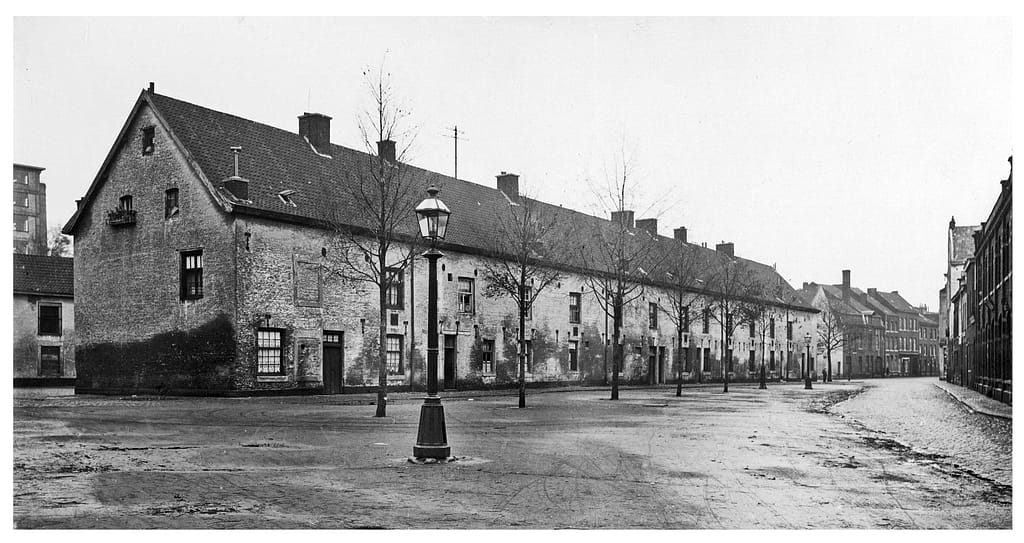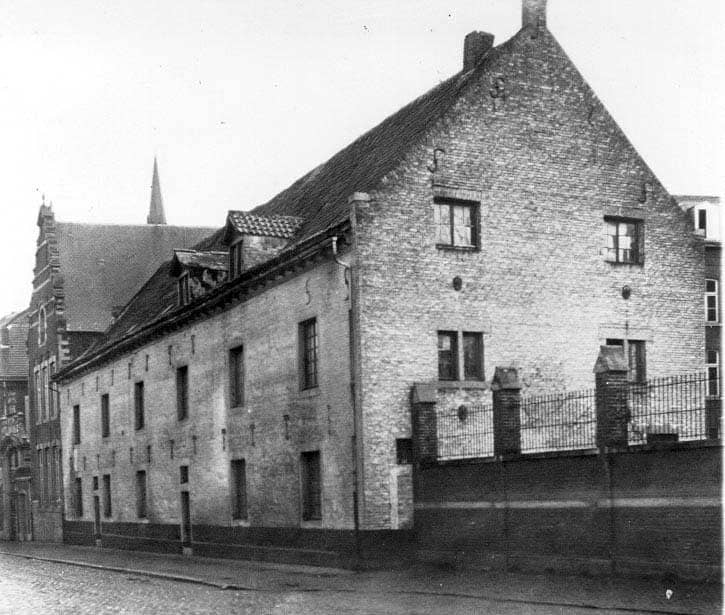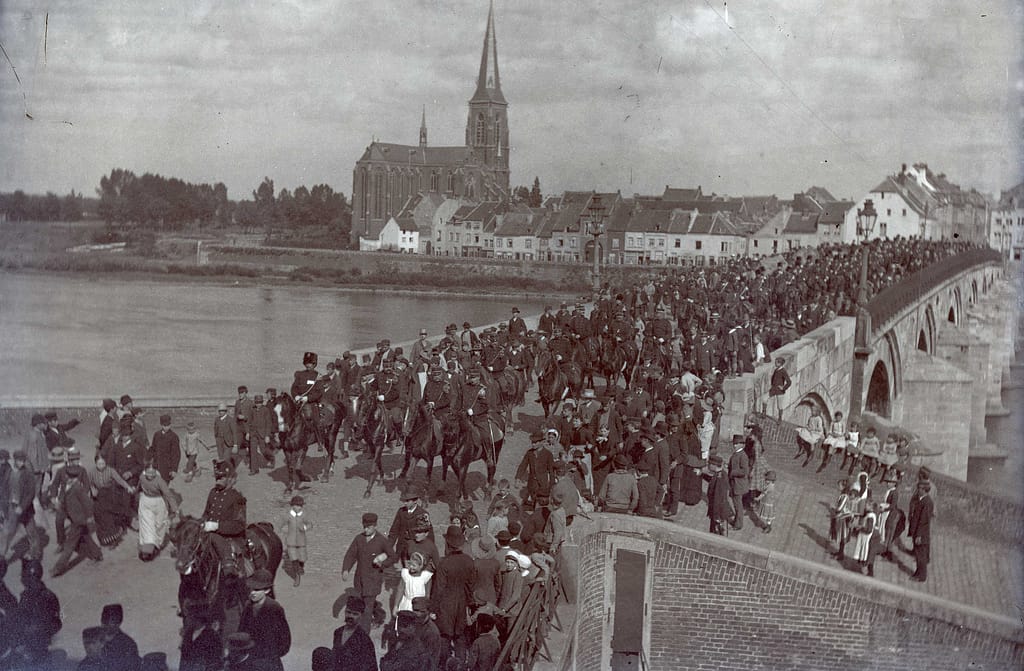From huts to barracks
In the second half of the 19th century, the once robust fortified town of Maastricht was in decline. It was instrumental during the Belgian Revolution (1830-1839), but after that it went downhill quickly until its ‘fortified town’ status was removed in 1867. The garrison, which had had almost three thousand men in 1841, had been halved by 1874. In 1891, a further reduction was planned. The city council protested against this, because the garrison was worth maintaining for many reasons. These protests had no effect on the national government. According to the Ministry of War, Maastricht was not suitable for the stationing of a large garrison because of its eccentric location. Only the infantry battalion, to which the conscripts of Zuid-Limburg were to report, remained in the city.
At the beginning of the twentieth century, the Dutch army’s leadership regained its interest for Zuid-Limburg. This had everything to do with the idea that this part of the country could play a very important role in a new war between Germany and France. Between 1900 and 1910, the Dutch army carried out several large manoeuvres in Zuid-Limburg, and a stronger military presence in this part of the country was considered to be a permanent necessity.
The municipality and the national government believed two sites were suitable for the construction of new barracks: the marshy site of the Kommen on the south side of the city, and the elevated site of the Hoge Fronten on the west side of the city centre. The distinguished residents of the new Villapark district were strongly opposed to the construction of the barracks in the Kommen, because the arrival of soldiers would affect the prestige of the new neighbourhood.
The Tapijn barracks were built between 1916 and 1920 on Prins-Bisschopssingel, because demolition of the fortifications on Statensingel would have been much more expensive.



